Egypt has been occupied for thousands of years and can be considered as the cradle of human civilization, the ancient Egyptian civilization was a very advanced one, who made advances in religion, medicine, and
arts. This civilization has many art form and styles which define their genius. This article aims to talk on these art styles and what it entails.
Ancient Egyptian art includes paintings, sculptures, jewelry and so much more. It is always linked to the supernatural, gods, and the afterlife and served as a cord connecting ancient Egyptians with their religious
beliefs. Ancient Egyptian art emphasizes religion and ideology and it was a way to immortalize the ways and life of a person.
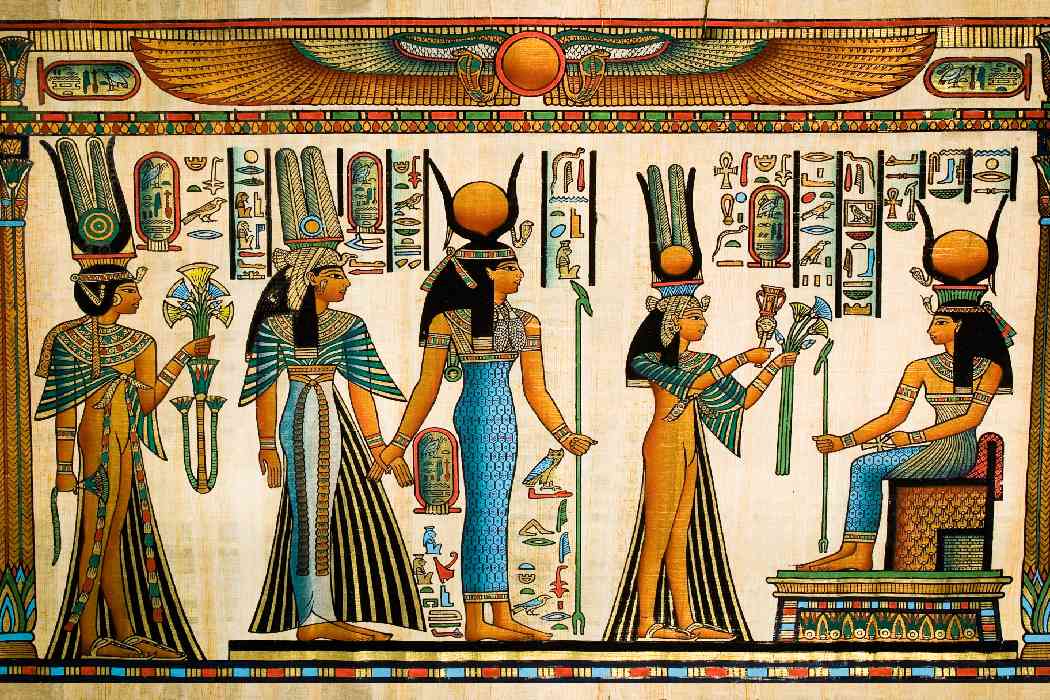
Famous Ancient Egyptian arts.
Ancient Egyptian art was made in many forms using different materials, these different art forms served different purposes and were always made in a conventional, traditional style with allusions to symmetry,
proportionate size, etc. They were made of silver, gold, jewelry, faience, glass, wood and so much more. There were also paintings and art inscriptions on walls and papyrus which were made for different
purposes. Famous art samples that we have gotten from Ancient Egypt are much and in diverse forms so much that an article cannot do justice.
Examples include the mask of Tutankhamun, bust of Nefertiti, and her pharaoh husband Akhenaten who ruled during a period where Egypt's art style was changed and looked different due to a change to a
monotheistic religion worshipping Aten showing the link between religion and Art in Ancient Egypt.
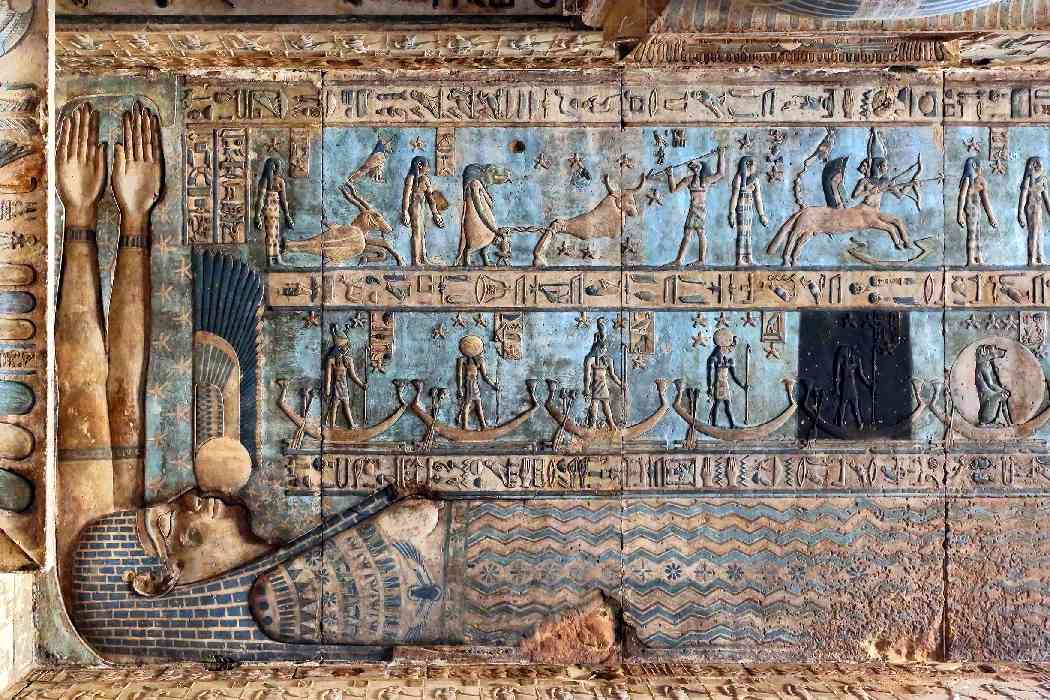
Ancient Egyptian stone Art.
As stated earlier Egyptian art had a deep connection to religion and ideology and employed the use of different materials to create antiquities. One of the materials that were popularly used was stone.
The aim of Egyptian art was permanence and immortalization and one of the materials easily used was stone, they were used to create sculptures, statues, busts and so much more. These sculptures were
usually made in a traditional conventional style employing the use of symmetry, conventional sitting, and standing positions and proportion.
Stone was used in creating model reliefs of gods, kings, and slaves and with the more important people having their models larger than the surrounding models of less important people such as the slaves who
were to accompany them to the afterlife. The Ancient Egyptians also believed in immortalizing themselves in models in their tombs and also adding everyday utensils that would be of use to them in their transition
to the afterlife. Some of these models and utensils were made in stone. Although rich people and people of higher standing usually employed materials of more worth.

How was stone used to make antiques?
Ancient Egyptians didnt&make art for the sake of beauty or artistic appreciation, every artwork made had a meaning and reason to it, there were conventions followed and principles which made sure that traditional Egyptian art didnt undergo much difference over thousands of years. For example, certain amulets jewelry, and utensils were preferably made with a specific material, gods had specific representations for them like Horus the sky god was represented with a falcons head, Anubis was represented with a jackal's head. And artisans over the years passed these strict conventions to their apprentices and this allowed for a traditional and unchanging art style. Also, paintings, art imitations, utensils, and furniture made in stone followed a specific style.

The value of these stone materials and their different types.
Stone sculpture is a general term for different antiquities that are made using different materials, from clay, quartz, faience to the semi-precious lapis laizuli, and other materials such as jasper and serpentine. These
semi-precious materials sometimes served different purposes and were used for specific reasons. For example, red jasper was a symbol of life and was used religiously for the exclusive purpose of making amulets.
Faience is a ceramic material made from a mixture of quartz sand, lime, and some other materials. It was colored and used to make many products such as jars, inlays, and utensils around the household. Then
for richer households, materials like lapis laizuli which was imported and had symbolic purposes were used. This material had religious importance and stood for the heavens and therefore was superior to
most sculpting materials. Another sculpting material that was linked to religion and a particular god was Turquoise. It is a bluestone material, linked to the goddess Hathor, and was symbolic of renewal and spirituality. It was deeply favored in antique Egyptian times.



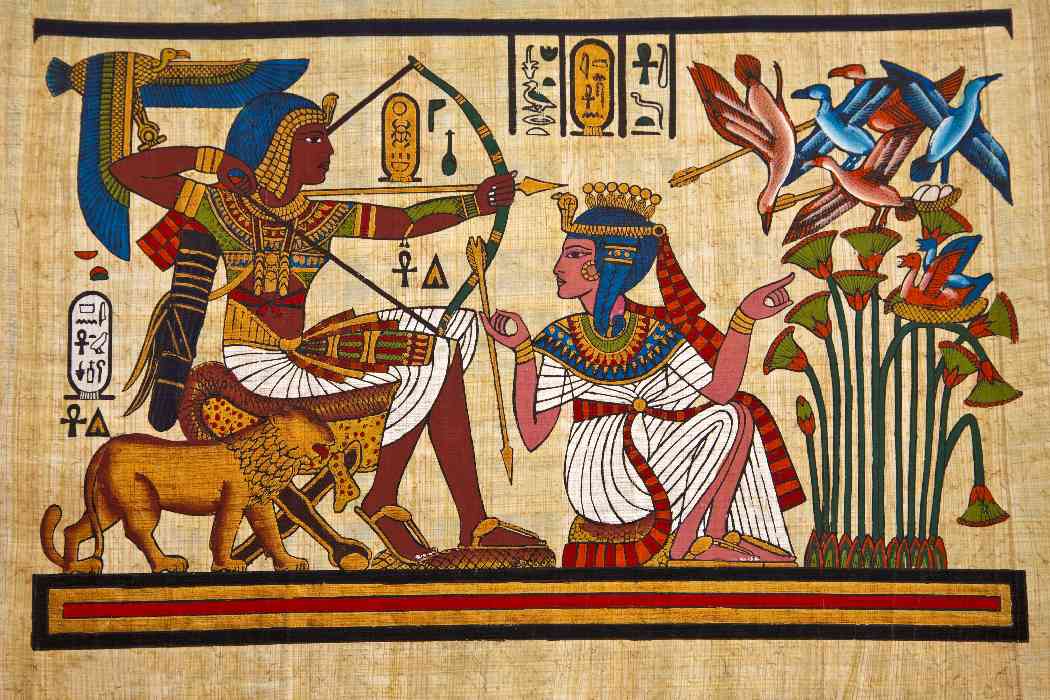
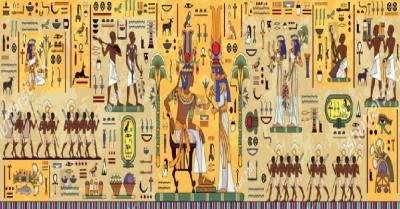
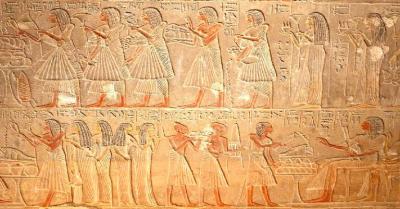
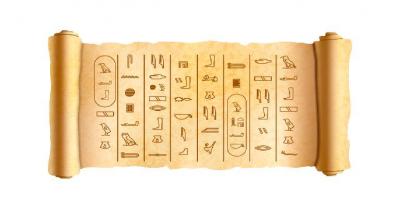

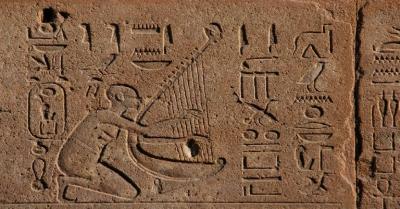
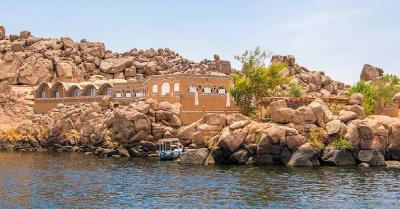
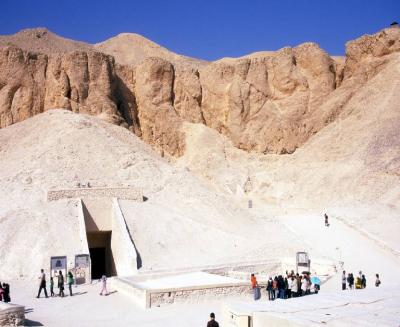
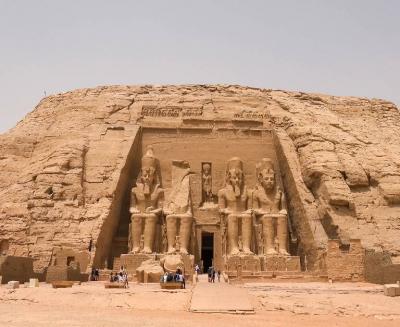
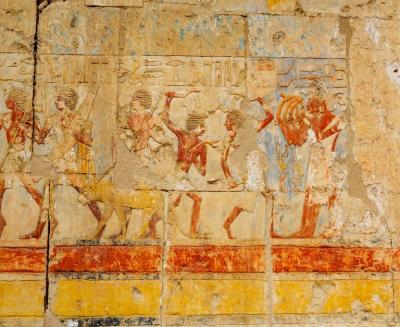
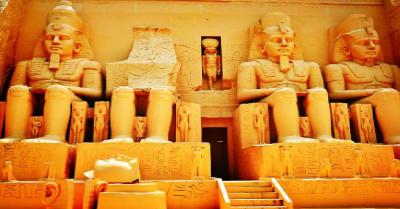
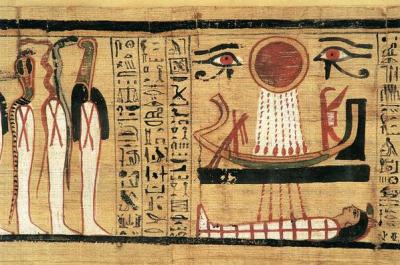
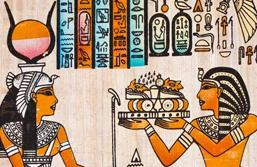
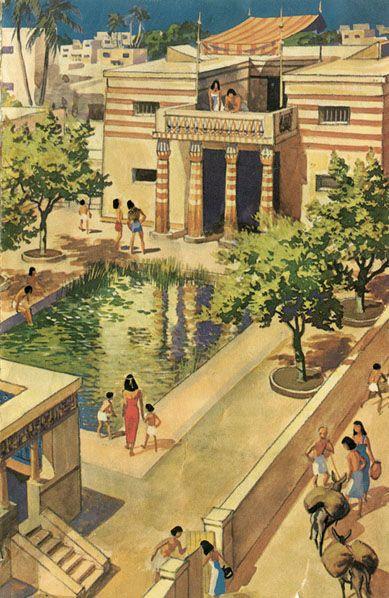
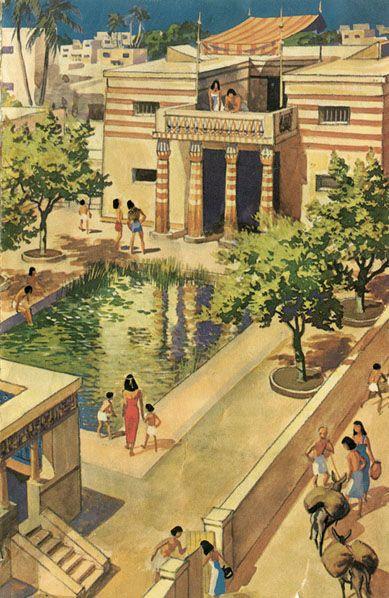





Comments
I need this original painting! How much can I get it shipped to the United States please?????